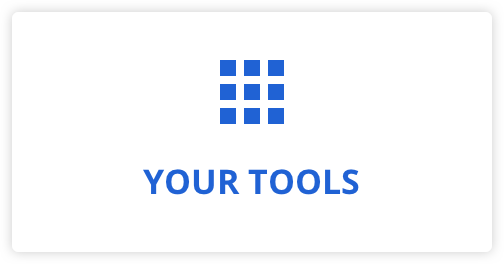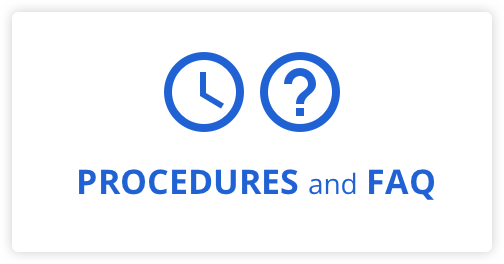Did you know that RESP assets have more than doubled in the last 10 years?*
Some of your clients have probably accumulated a significant amount of money in this plan, so a disbursement strategy is essential to support them. With the next phase of post-secondary education, or not, just around the corner, your clients undoubtedly have questions about the disbursement of their child’s RESP.There are two scenarios:
- The child is pursuing post-secondary education:
- They can receive educational assistance payments (EAPs)
- They can make withdrawals which consist of grants paid and interest earned on the contract
- Withdrawals can be paid either directly to the beneficiary or to the subscriber
The maximum amount of grants and interest that can be withdrawn differs according to enrolment status:
- Full-time: $5,000 during the first 13 weeks of enrolment
- Part-time: $2,500 per period of 13 weeks of enrolment.
After this period, for full-time students, there is no limit on withdrawals until the maximum annual limit of $25,268 is reached (2022).
If the money is not all used for the child’s education, take the opportunity to offer your clients another savings option. For example, the remaining funds in the RESP can be transferred to another child or to another savings vehicle such as a HISA or GIF, which is particularly advantageous in the current economic conditions.
- The child is not pursuing post-secondary education:
- Contributions can be withdrawn at any time via this form
- Associated grants must be repaid to the government (fees may apply depending on the product type and fee structure)
- Accumulated income can be withdrawn or transferred to an RRSP if certain conditions are met
This second scenario is a great opportunity to advise your clients to choose a new savings plan that will keep their money growing.
💡: Think about GIF and HISA, two interesting products in the current context!
Highly advantageous savings plan
Encourage your clients to maximize their contributions to get the most out of the government grants available before they can no longer contribute. Depending on the province, they could get up to 30% in federal and provincial grants!
| 👉 Stay tuned for the rest of this article next week! |
*Source: Canada Education Savings Program, 2020 Annual Statistical Review

